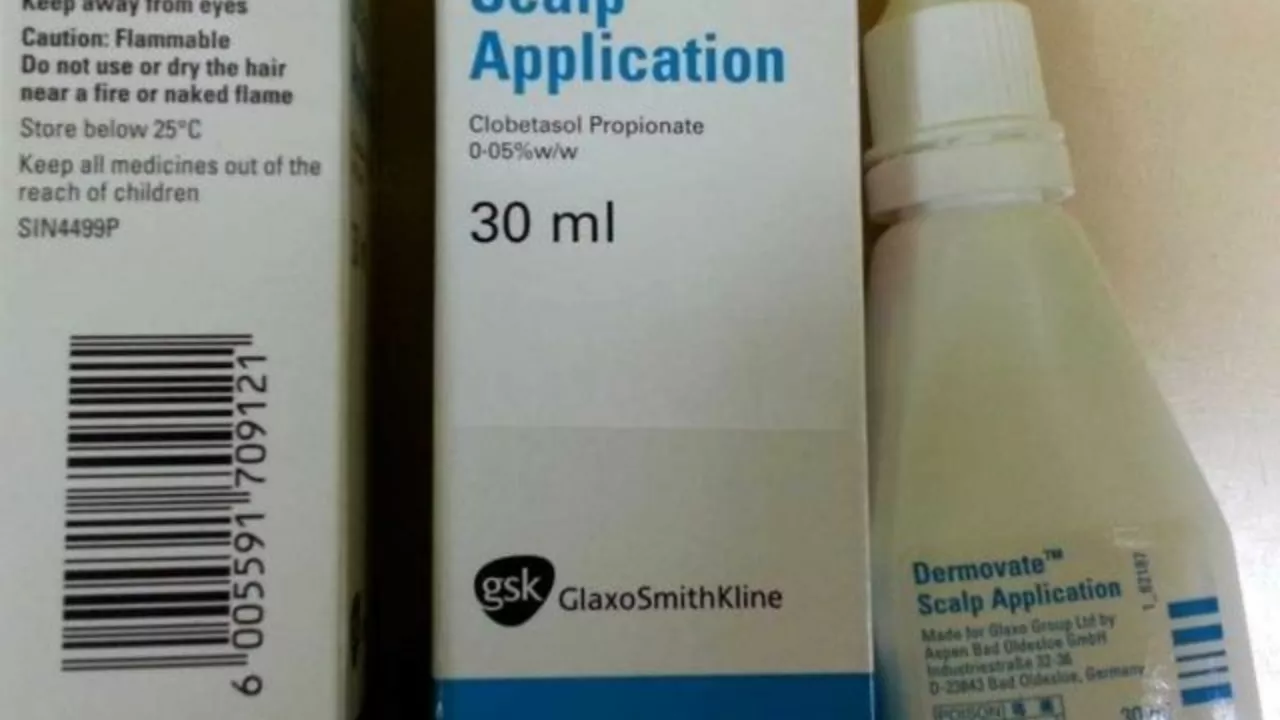SEARCH
Skin Cancer: What You Need to Know Right Now
Skin cancer is the most common cancer in the U.S., but catching it early can save you a lot of hassle and health problems. It starts when skin cells grow out of control, usually after too much sun exposure. The good news? Most cases are treatable if you spot them soon.
Common Types of Skin Cancer
The three big players are basal cell carcinoma (BCC), squamous cell carcinoma (SCC), and melanoma. BCC shows up as a shiny bump or a pinkish patch, often on the face. SCC looks like a firm red nodule that may crust over, usually on sun‑exposed areas like the hands. Melanoma is the scary one – it’s dark, irregular, and can spread fast if ignored.
How to Spot It Early
The easiest way to catch skin cancer early is the ABCDE rule for moles: Asymmetry, Border unevenness, Color change, Diameter larger than 6 mm, and Evolving shape or size. Anything that looks new, itchy, bleeding, or doesn’t heal after a couple of weeks deserves a check.
Do a quick self‑exam once a month. Stand in front of a mirror, use a handheld light, and scan every inch – even the back of your ears and scalp. If you have hard‑to‑reach spots, ask a partner to help or schedule a professional skin exam.
Risk factors go beyond just sunny vacations. Fair skin, a history of sunburns, tanning bed use, and a family history of skin cancer all raise the odds. Even people who spend most of their time indoors can be at risk if they’ve had intense UV exposure earlier in life.
Sunscreen is your first line of defense. Pick one with SPF 30 or higher, apply it 15 minutes before heading out, and reapply every two hours – more often if you’re swimming or sweating. Don’t forget the lips; a dab of balm with SPF works wonders.
Clothing matters too. Long‑sleeved shirts, wide‑brim hats, and UV‑protective sunglasses cut down on harmful rays. When possible, stay in the shade between 10 a.m. and 4 p.m., when the sun is strongest.
If you notice a suspicious spot, don’t wait. Book an appointment with a dermatologist who can do a biopsy if needed. Early-stage BCC or SCC often need only a simple removal, while melanoma may require more extensive treatment.
Treatment options have improved a lot. Surgery is still common, but topical creams, radiation, and immunotherapy are on the rise, especially for harder cases. Your doctor will recommend what fits your specific diagnosis.
Bottom line: protect your skin daily, keep an eye on any changes, and act fast if something feels off. A few minutes of prevention now can save you months or years of trouble later.

Clobetasol and Skin Cancer: What You Need to Know
In my latest blog post, I delve into the relationship between Clobetasol, a common topical steroid, and skin cancer. This steroid is often prescribed for various skin conditions but could potentially increase the risk of skin cancer with prolonged use. It's crucial to understand the balance between treatment benefits and potential risks. Always consult with your doctor for tailored advice and never overuse medications. Stay tuned to learn more about this significant health topic.
Continue reading